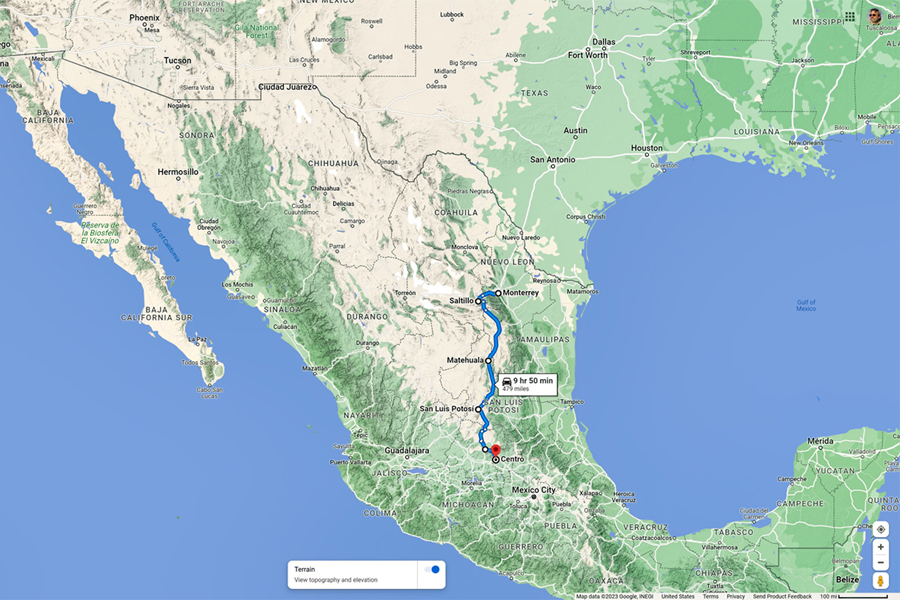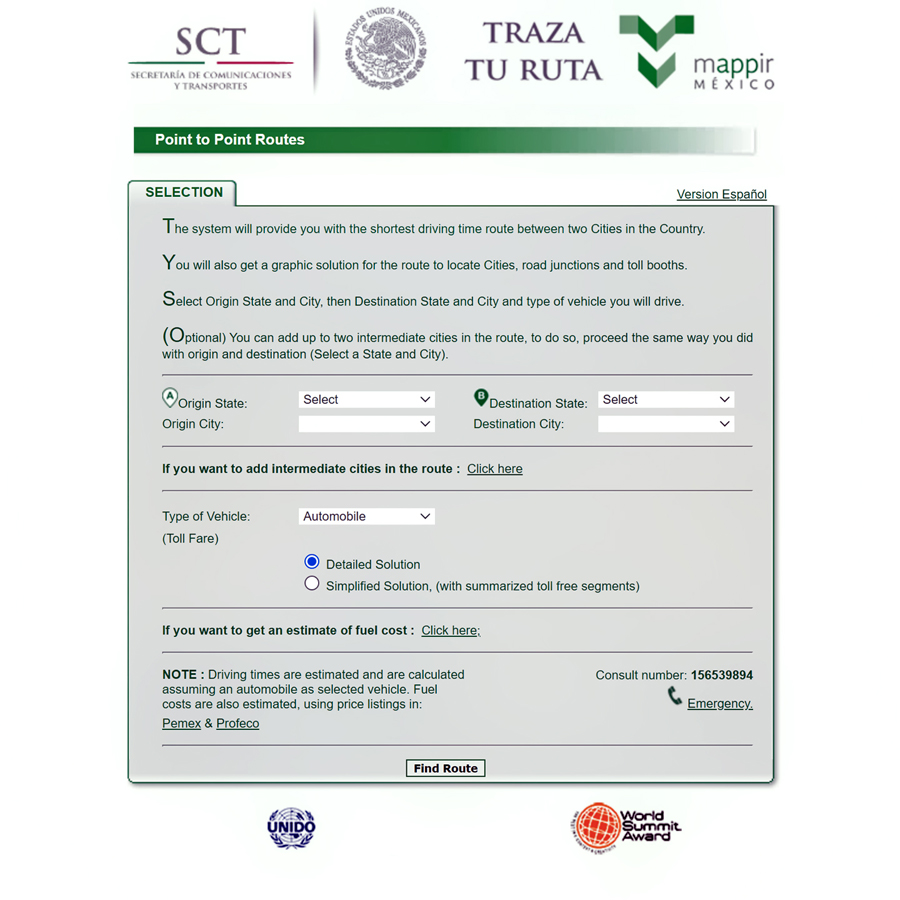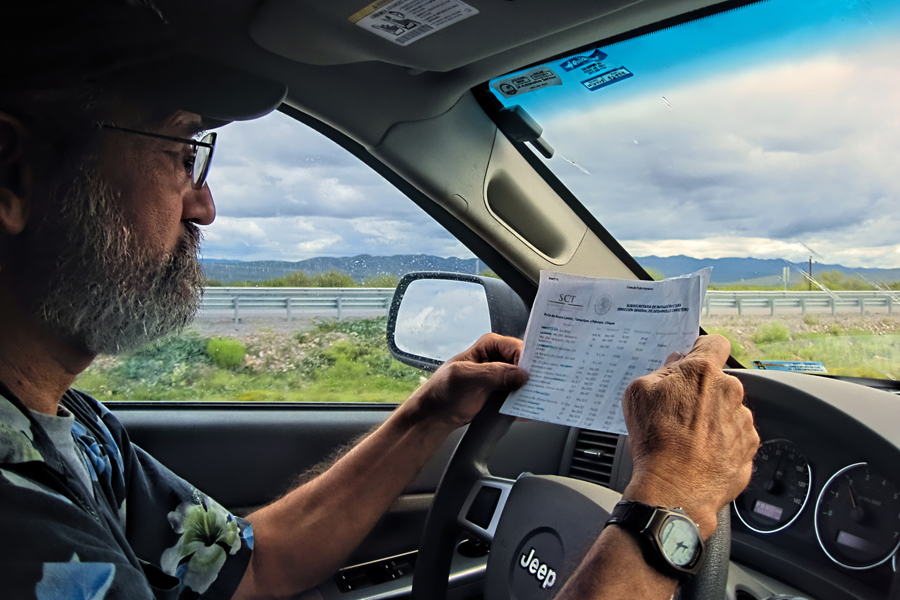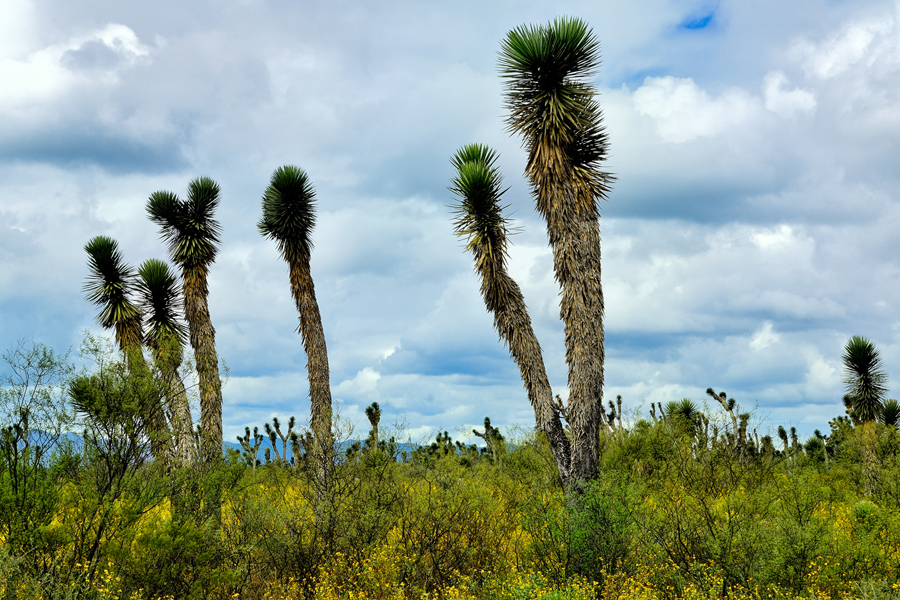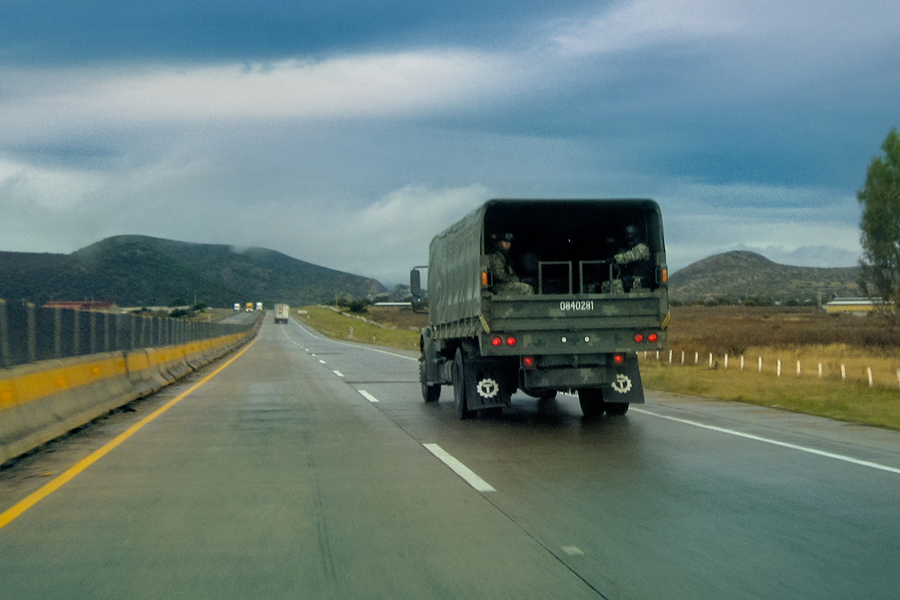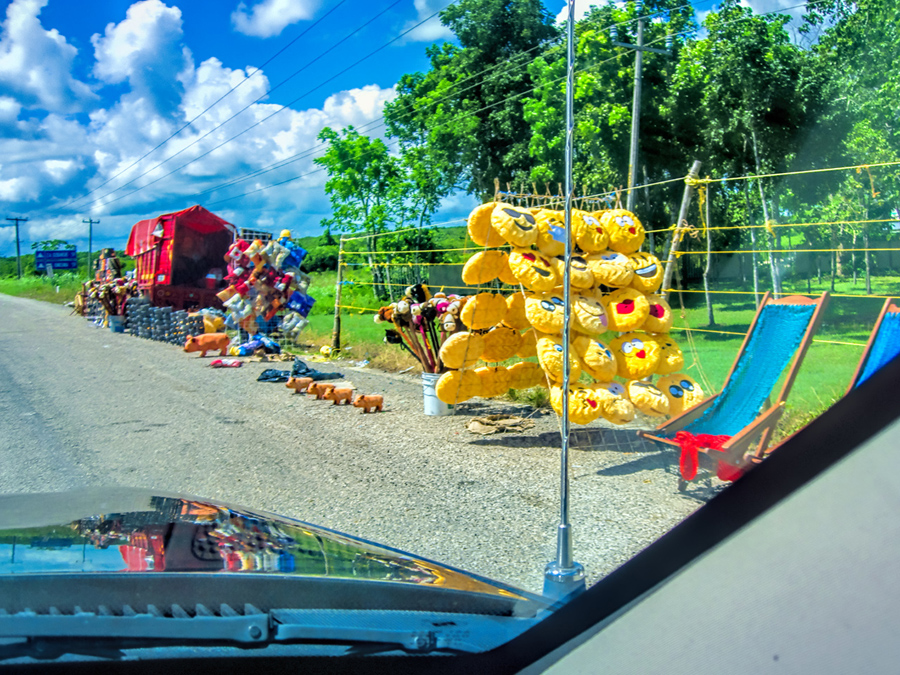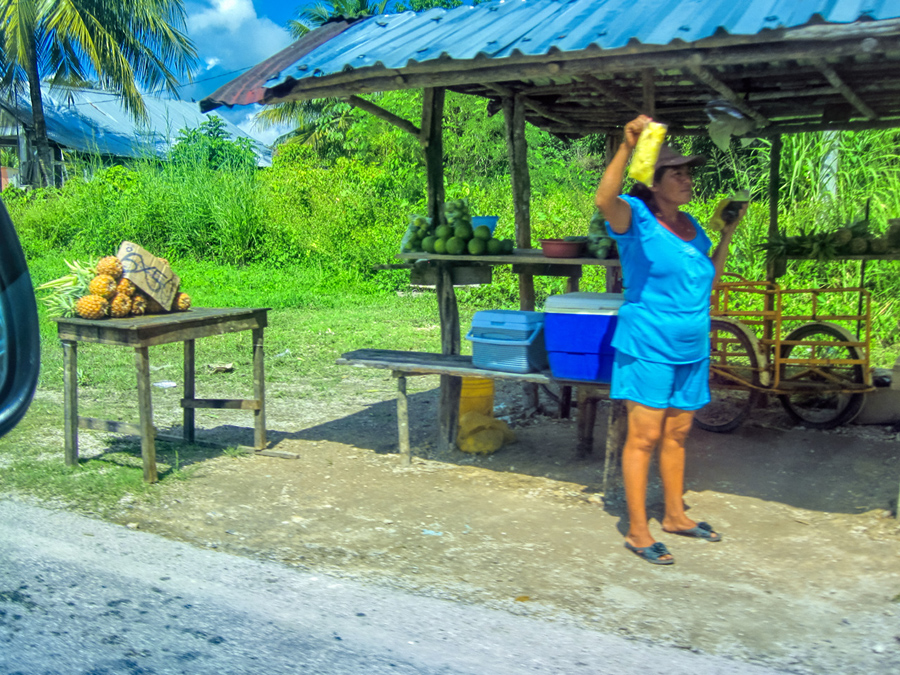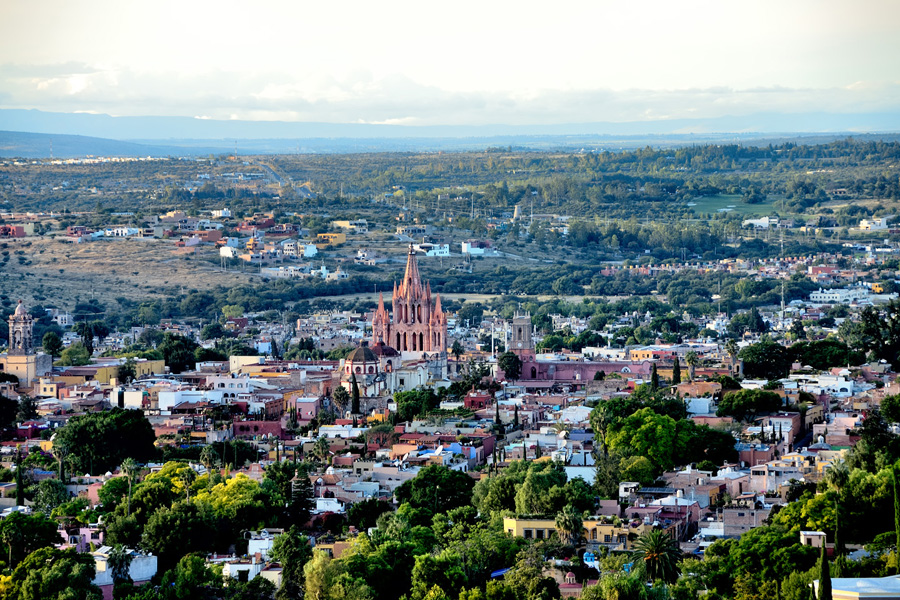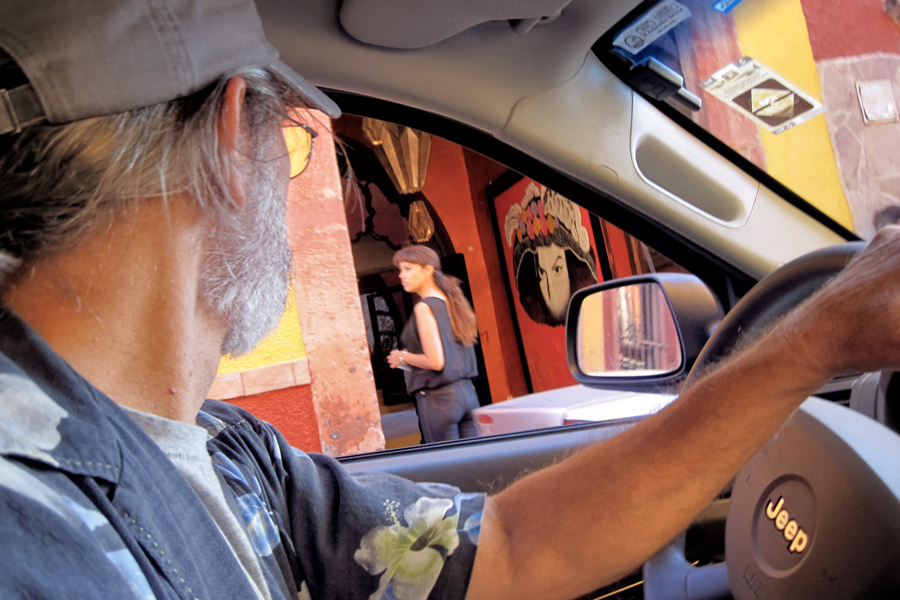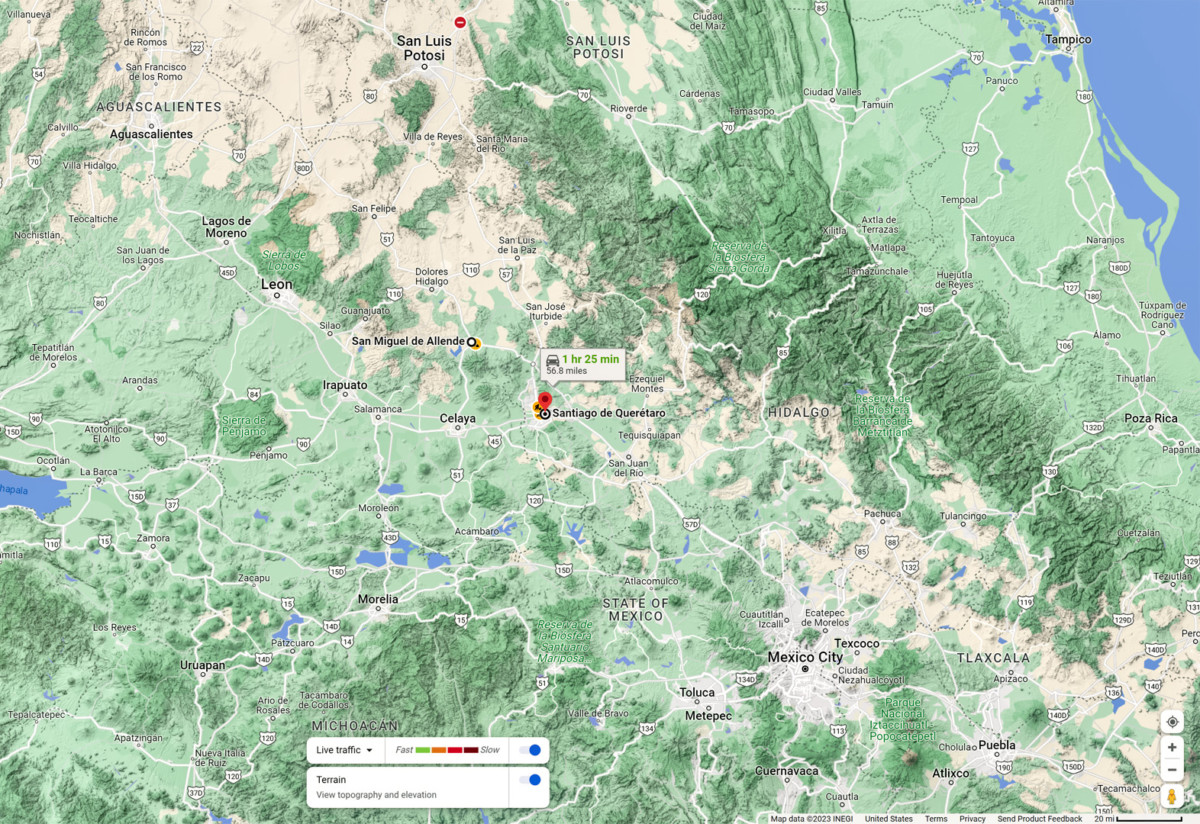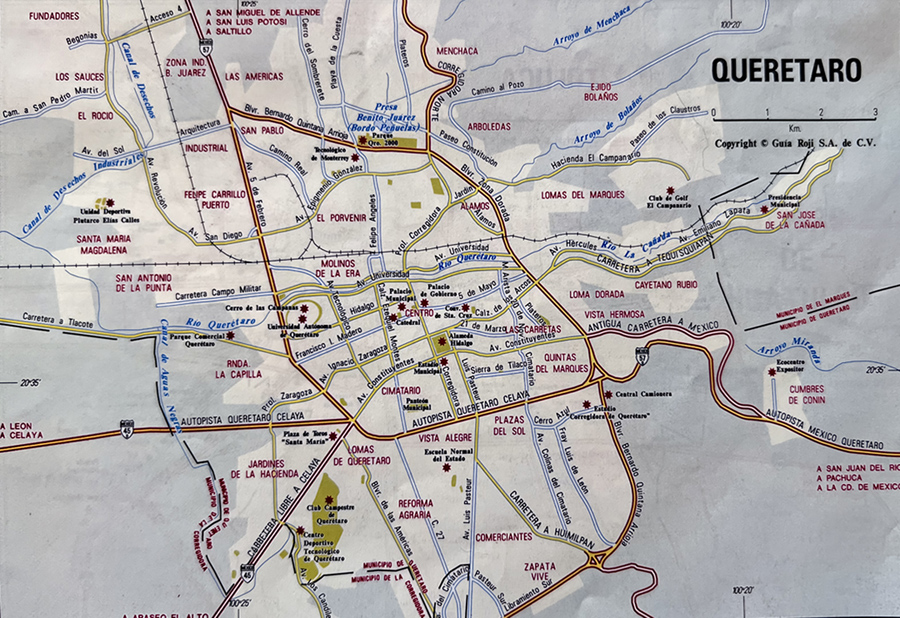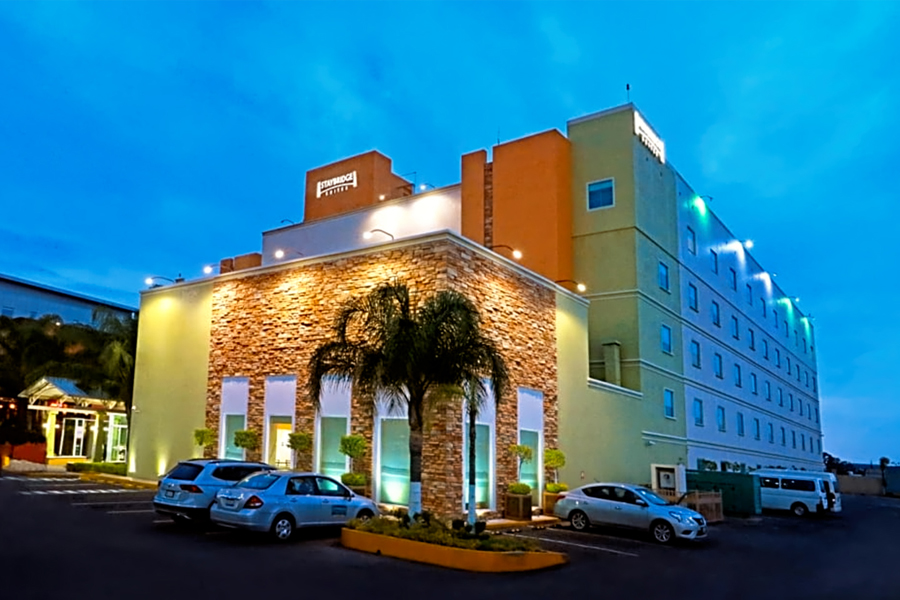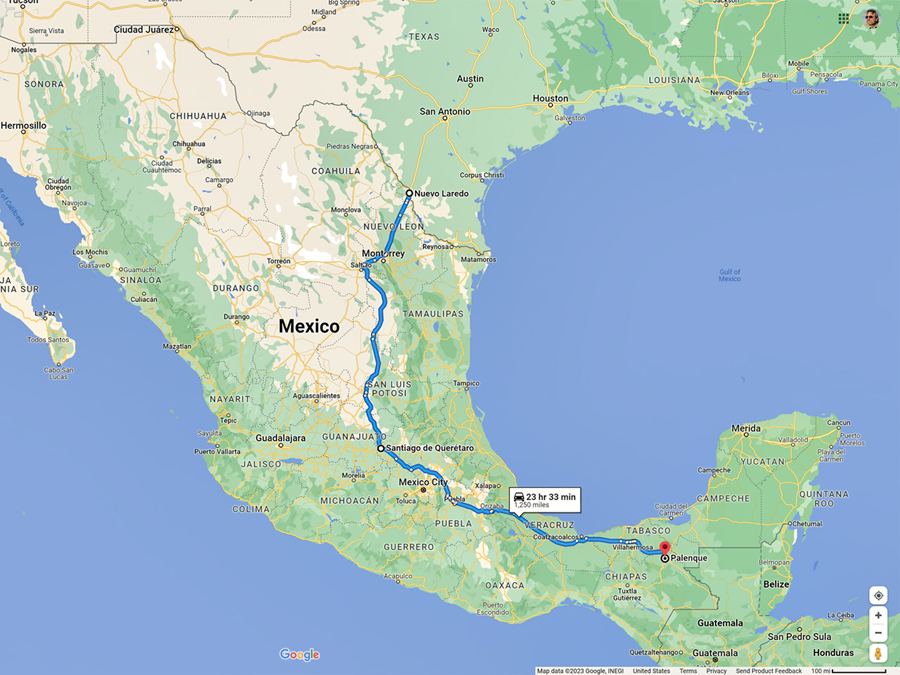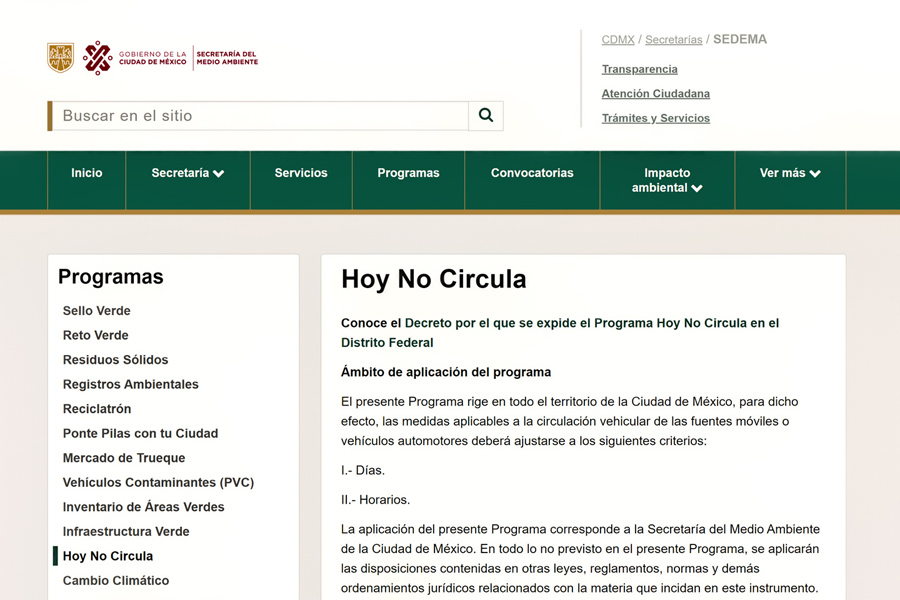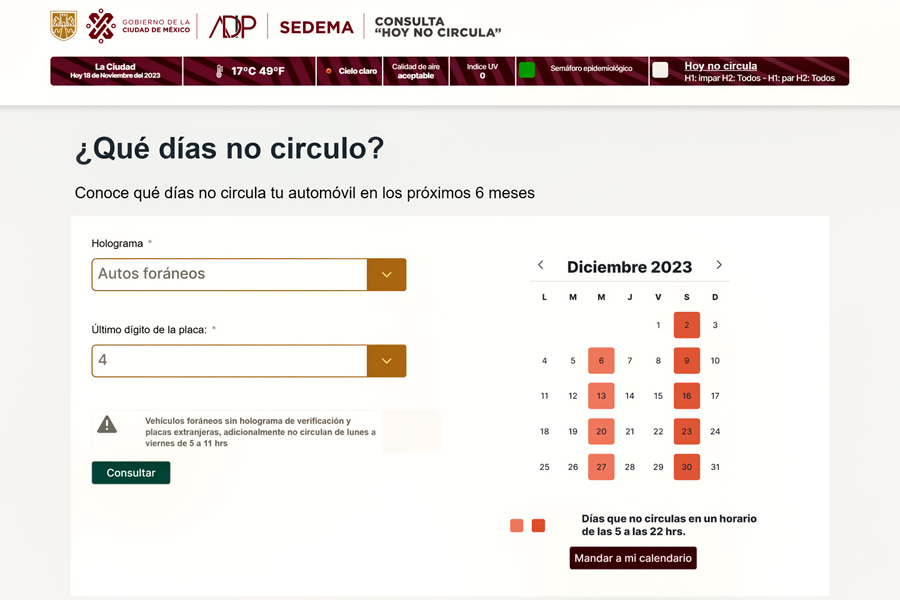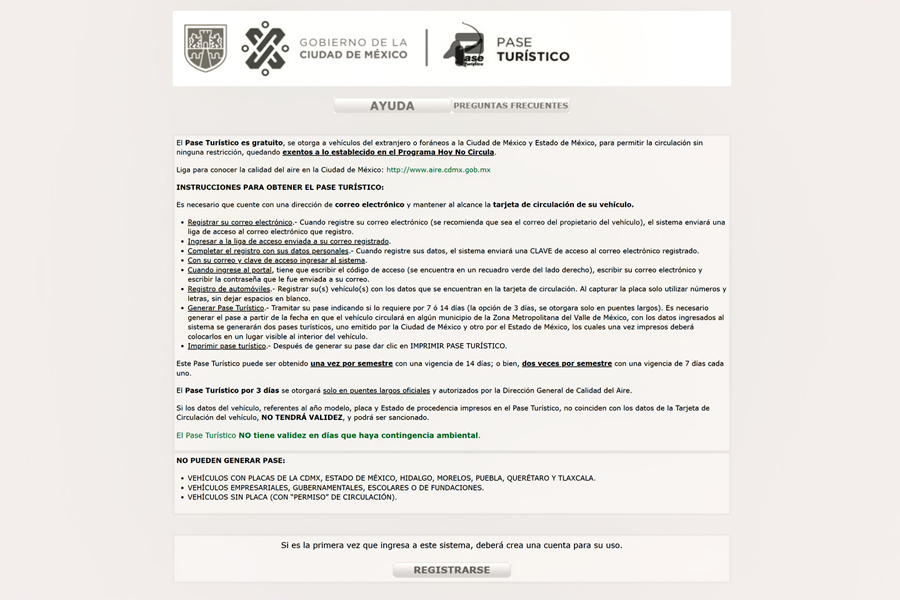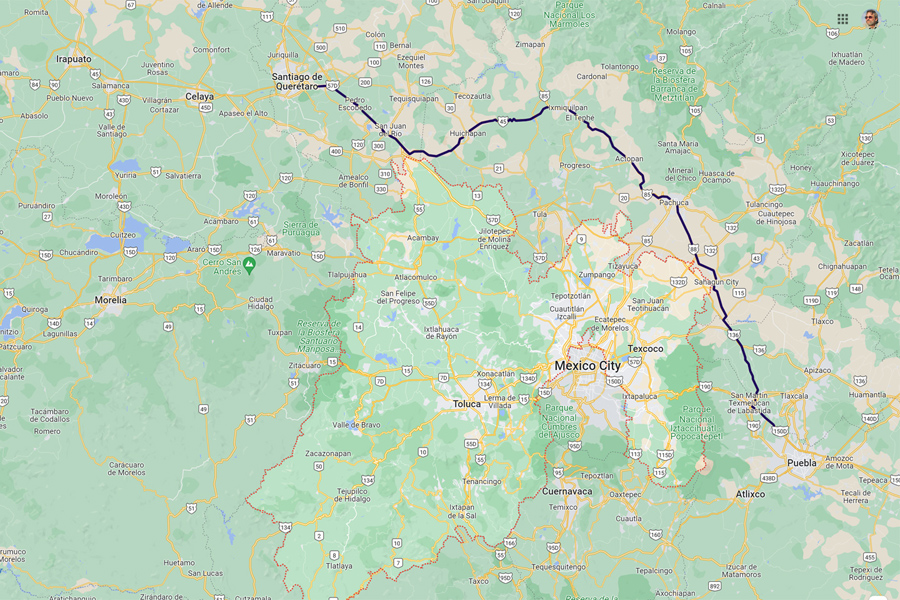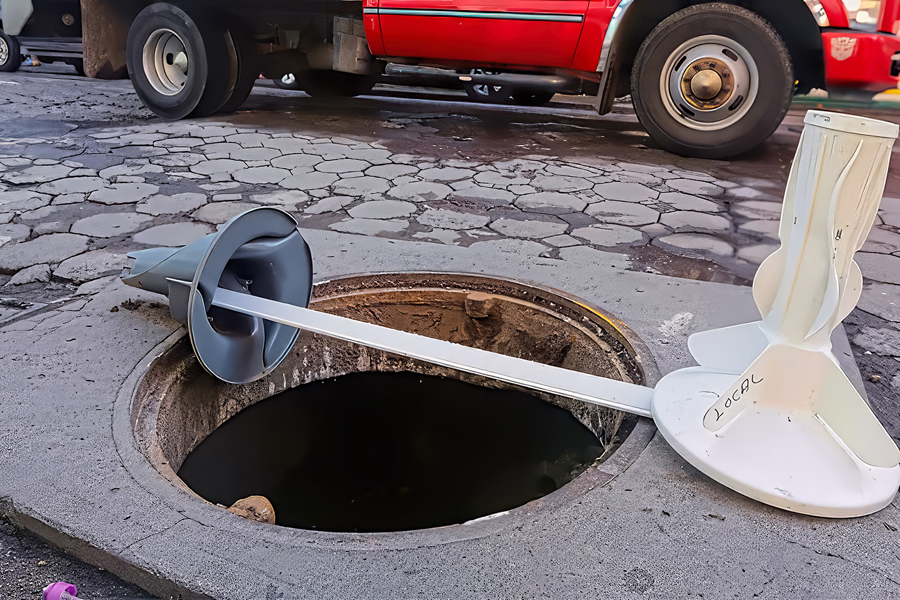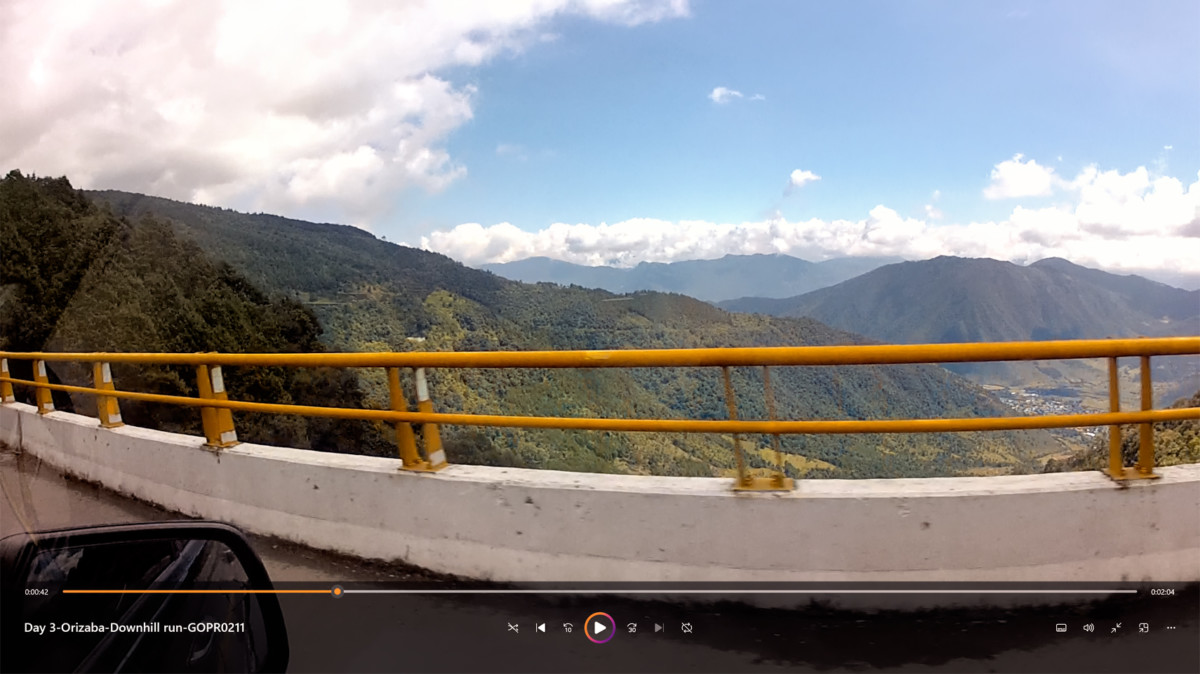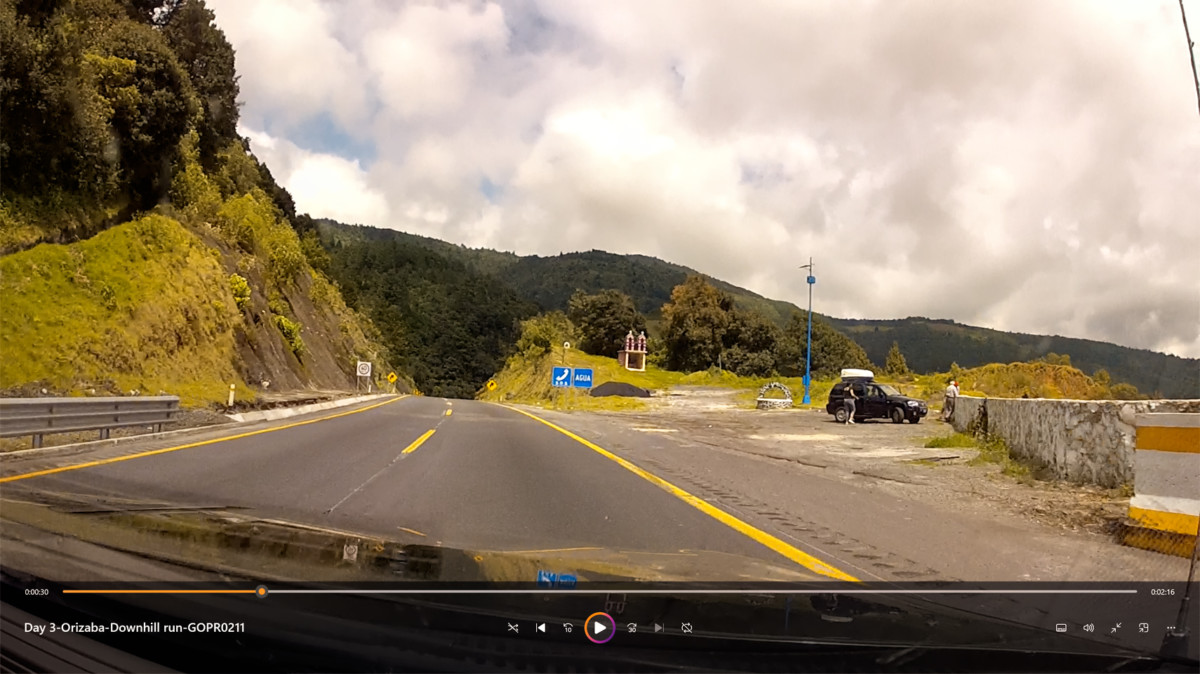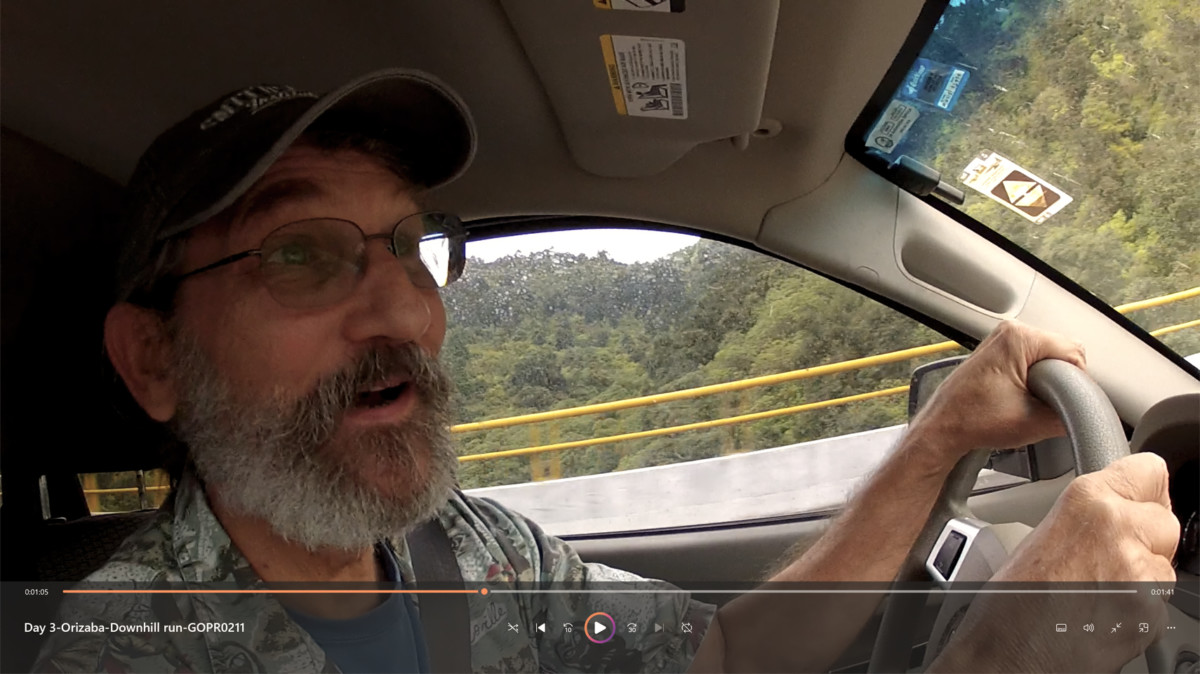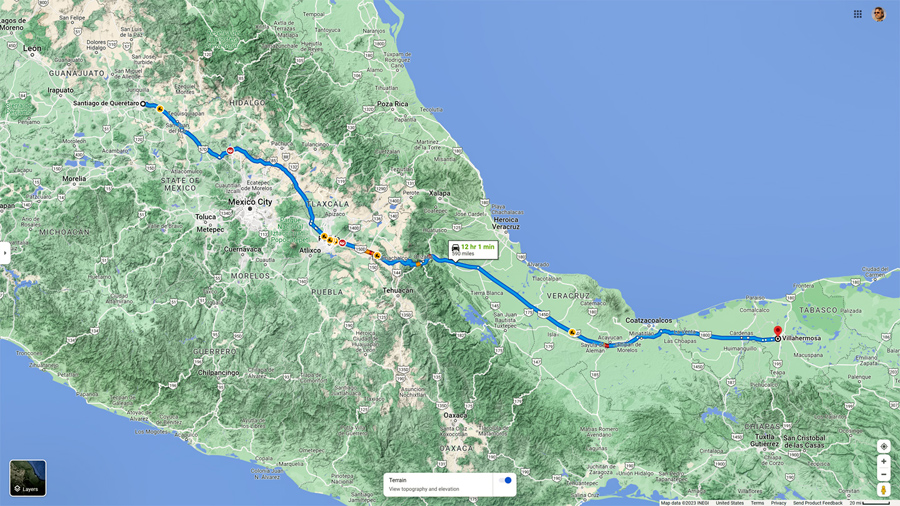Back in 2015, the year I retired, I took two huge road trips. The first one, a bucket-list drive to Alaska, was documented in a Field Report that I posted here on RTA: Arizona to Alaska and Back through 24 National Parks: The Mother of All Road Trips. (The title truly does say it all!) Six weeks after I returned from that “trip of a lifetime,” I took off on a second major excursion, an 8,000 mile, month-long expedition through Mexico, all the way south to the Yucatan and back. I’d wanted to see the Mayan ruins for most of my life, and boy, did we ever! In the course of that month we visited 14 different Mayan sites, and along the way, we attended colorful festivals in five different Colonial cities, ending with the amazing Day of the Dead celebration in San Miguel de Allende. All in all, my Mexican Road Trip was some of the best fun I’ve ever had, and I don’t make that statement lightly!
The trip was extremely well documented. I shot thousands of photographs, as did my friend Mike Fritz, my shotgun rider, who also shot hundreds of videos with a Go Pro camera. I’ve got lengthy text messages and emails in which I described our experience to friends as we went along, and with all of that, I’ve been able to reconstruct everything that happened with remarkable clarity.
Over the next several weeks, I’ll be posting a new Field Report that I’m calling Mexican Road Trip: To the Yucatan and Back. It’s going to be another long report, and I’ll have to ask for your patience, because a lot of it isn’t written yet (and these things take time!)
I’ve consolidated the many tips and precautions that I learned while road tripping in Mexico, and I created a planning guide that serves as a sort of prelude to the “Mexican Road Trip” series on my blog, (rcquinn.com). Mark posted a link to that article last week, but, in the interest of keeping things tidy, I’ll repeat it here:
Mexican Road Trip: How to Plan and Prepare for a Drive to the Yucatan
As for the trip itself, I’ll begin at the beginning:
Heading South, from Laredo to Villahermosa
In October of 2015, shortly after I returned from my Alaska RoadTrip, my old friend Michael and I packed up my Jeep and drove it to the Yucatan. I’d wanted to see the Mayan ruins for as long as I could remember, but considering all the negative reports I’d been hearing about Mexico, I realized going into it that I’d have to take a few precautions. Recruiting Mike to ride along with me was one of them, because everything I’d been reading, including the Mexico Travel Advisory put out by the U.S. Department of State, advised against traveling alone. I took that to heart, and gladly, because it was a lot more fun that way. In my experience? Road trips with old friends are the best kind of fun that there is.
I rendezvoused with Michael in Austin, and we left from there. My research told me that the Eagle Pass/Agua Prieta border crossing was the easiest and least congested, but Laredo was 100 miles closer, which gave it the edge for the sake of convenience. Austin to Laredo is a simple enough drive, 235 miles south/southwest on Interstate 35, a freeway that’s as straight and flat as any you’ll find. The trip takes about 4 hours if you don’t make any stops, and the city of Monterrey, where we planned to stay that first night, was another three hours south of Laredo. I wasn’t quite sure what to expect at the border, or how long it would take, but the drive itself was only seven hours altogether, so I figured we were allowing plenty of time. We had a liesurely breakfast in Austin, then ran some last minute errands. All that took longer than I expected, so we didn’t get on the road until almost 10:00. Looking back with 20/20 hindsight, that lack of urgency was a definite mistake.
We arrived in Laredo about 2:00 PM. I had not pre-purchased my Mexican auto insurance, but I saw signs advertising the service in the windows of at least half a dozen offices in the downtown area. All I had to do was park, but do you think I could find an empty parking space in that busy downtown? Oh, hell no! The traffic so near the border crossing was totally nuts, moving at a snail’s pace on confusing one-way streets. After at least half an hour of circling, I finally got lucky and snagged a spot, then rushed into the closest Insurance brokerage, where it took another half hour to fill out the paperwork and pay the fee. By the time we finished, it was after 3 PM, which was hardly ideal. I made a firm resolution, then and there, that the next time, I would
A.) Buy my insurance online, and
B.) Get an earlier start!
At that time, in 2015, thirty days of insurance coverage set me back about $160. The cost in 2023 is a little higher (naturally), but they give you six months of coverage for the same price as one month, so it isn’t all that bad. Once we had the insurance in hand, we were ready to cross, so I followed the signs that said “MEXICO.” And that’s where the adventure began:
DAY 1: THE HIGHWAY OF DEATH, FROM LAREDO TO MONTERREY
The Rio Grande runs smack through the middle of Laredo, separating the storied town in Texas from Nuevo Laredo, its’ Mexican counterpart. When you’re headed south from the U.S., there are three different bridges that will take you across the river, and each of them leads directly to a Mexican Customs facility. I’ve been told that the least congested of the three is the Colombia Crossing, the bridge that’s off by itself, 25 miles upriver from the other two. I didn’t know about the Colombia bridge when we crossed, so I chose the main bridge in the middle of the city, and that one was busy as the dickens.
We’d packed for a month-long trip through several climate zones, so we had a wide range of clothing, along with too many cameras, a laptop, and other assorted road-trip gear. The inspector asked where we were headed, and when I told him the Yucatan, he suddenly came on full alert. “Yucatan” wasn’t the usual answer, so he asked more questions as he dug through our luggage, paying special attention to the photo equipment. Michael had a drone that he’d brought along, hoping to get aerial shots of the Mayan ruins. It was in a box right on top, so it was the first thing the inspector came across. As it turned out, drones are prohibited practically everywhere in Mexico, so the mere fact that we had one made us that much more suspicious. The inspector had just started pawing through our stuff in earnest when there was a sudden flurry of activity and excited shouting in the next lane over. They apparently found some actual contraband in a minivan full of college students, so our guy abruptly wrapped up our inspection, wished us a “Buen viaje,” and rushed off to assist with the bust. Feeling a bit like I’d just dodged a bullet, I closed up my Jeep and skedaddled the heck out of there.
When you cross the border into Mexico, there are differences that are immediately apparent. The signs are suddenly all in Spanish, the streets and sidewalks swell with crowds of pedestrians, most of them selling one thing or another, and everything, from the pavement to the buildings to the window displays in the shops, it’s all a little bit funky, outdated, and crumbling around the edges. Some of that is the natural ambience that goes along with the border towns; the rest is Puro Mexico. You get used to it. You might even learn to love it!
Our next stop was Immigration, but I didn’t see any signs, so I ended up driving away from the border area, deeper into the city on one-way streets. By the time I got my bearings, we were already on the highway headed south. I found a place to make a U-turn, which was a lot harder than it should have been, and we ended up back at the Customs area. I still didn’t see Immigration, so I parked and started messing with my phone, hoping Google Maps might be of service. Just then, a guy came up to the Jeep and rapped on my window.
“Are you guys lost?” he asked in English. “I saw you drive away, and now you’re back.”
“Which way is Immigration?” I replied, leaving my window rolled up.
“My name is Jose,” he said, smiling, and giving us a friendly wave. “I work as a tour guide. For ten bucks, I’ll take you there myself.”
Mike and I exchanged a glance. “Why don’t you just point the way?” I replied.
“Ten bucks,” Jose repeated, holding out his hand.
I’d already wasted too much time driving in circles, so I extracted a ten from my wallet, lowered my window, and gave it to him.
He tucked the bill in his pocket, then pointed at the building across the street. “That’s Immigration.”
“No way!” I protested. “That’s customs! We’ve already been there!”
“Immigration, Customs, same building, different parts. You have to go up the ramp to that glass door, and get in line.” He had me, fair and square, and I felt like an idiot. We weren’t even officially in Mexico yet, and we’d already been hustled!
Inside the building, there was a row of service windows, and each one had a long line in front of it. After waiting half an hour for our turn at the Immigration window, we paid the fee of $30 apiece for our tourist cards (FMM Visas) and got them stamped. Next, we got into the line for the Vehicle Import Permits, where we waited another half an hour, only to be told, when we finally got to the front, that we were doing things out of sequence! We were supposed to go to the Banjercito Window first, to pay the required deposit! So we got into the third line, a bank teller’s window, and waited yet another 30 minutes. I put a $400 charge on my Visa card that would serve as a deposit for the Vehicle Permit; the teller explained to me that when I left the country again and properly cancelled the permit, they would simply reverse the $400 charge, back onto the same credit card. We got back into the Vehicle Permit line once again, and we waited, once again. This time, fortunately, we had everything we needed. They went outside with us to visually inspect my Jeep and compare the VIN number, then they affixed a holographic sticker to the inside of my windshield.
It was already after 5 PM at this point, and we still had a three hour drive to Monterrey. I realized, with a sinking feeling in my gut, that there was no way in hell we were going to make it before dark. Monterrey is a big city of well over a million people, a relatively sophisticated center of industry and commerce anchoring the third largest metropolitan area in the entire country. Monterrey itself is generally considered safe, and is often referred to as one of the most livable cities in Mexico. Under the surface, however, the Cartels are unreasonably active, using the city as a base for a broad range of criminal activity, and one of the areas where they are MOST active is on the highway between Monterrey and Nuevo Laredo. The press refers to that 137 mile stretch of MX 85 as the “Highway of Death,” in reference to all the shootouts, mass kidnappings, and murders that have taken place along that road. I didn’t know any of that at the time. What I did know was the simple fact that driving it at night was a bad idea!
I already knew the way out of town, and we already had a full tank of gas, so we got straight to it. MX 85 was a divided highway with a fair bit of traffic. We’d no sooner gotten up to cruising speed when we ran into what appeared to be a military road block, a lot of trucks and troops, stopping everyone passing in either direction. When it was our turn, soldiers in SWAT gear surrounded my Jeep, and an officer with a machine gun gestured for me to roll down my window. He asked me where we were going. I’d learned my lesson in customs, and knew better than to mention the Yucatan. “We’re going to Monterrey,” I said, without elaborating.
He checked our ID’s and our travel documents, then handed them back. “Don’t stop along the way,” he advised. “You need to get off this road and to a safe place as quickly as you can.” As if I needed to be told!
At the halfway point, MX 85 changed to MX 85D, a toll road. There was another checkpoint by the toll booths, this time the National Police, and they were even more heavily armed and armored than the soldiers. We had no license plate on the front of the Jeep; Arizona is one of several states that no longer issues front plates. The Federales saw us coming and pulled us out of line, demanding an explanation for the missing plate, wanting to know what we’d done with it. My rusty Spanish was coming back surprisingly well, so I was able to explain that my home state was “too cheap” to give us two license plates. They actually thought that was pretty funny, so we all had a good laugh, and they waved us on, after cautioning us not to dawdle along the way. While we were talking to them, I noticed a carload of young Mexican guys getting yanked out of their vehicle. Half a dozen cops in full SWAT gear had them spread-eagled on the ground, while another half dozen cops literally tore their car apart, even ripping open the upholstery on the seats. Michael watched all that for a moment, then turned toward me, raising one eyebrow quizzically. “Welcome to Mexico,” I said with a smile.
We fairly flew down that highway, not slowing down for anything other than the roadblocks and toll booths, and we rolled into Monterrey just after 7:30. The sun had long-since set, but the city was lit like a Christmas tree, with crazy traffic zooming along wide boulevards.
We knew nothing about the place and had no idea where to stay, but we were so rattled by the tense drive south from Laredo, we would have been fine with just about anything. I spotted a La Quinta Inn. It was new, fancy, and undoubtedly expensive, but I really didn’t care; I was desperate to stop driving! I whipped in, we checked in, and got a room with a great view, all the way up on the 10th floor. We’d made it, and that felt like a victory!
Next up:
Day 2: From Monterrey to Queretaro: The City with the Drive-In Bordellos



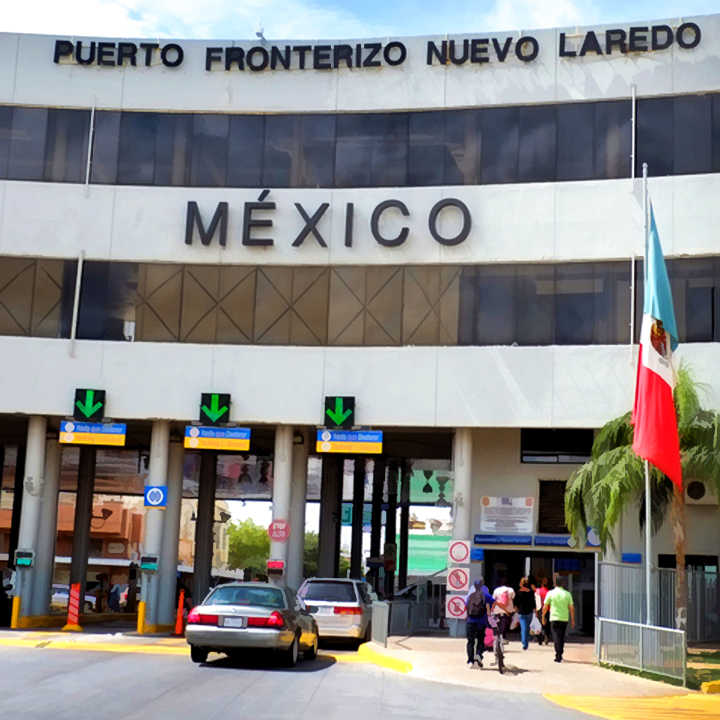

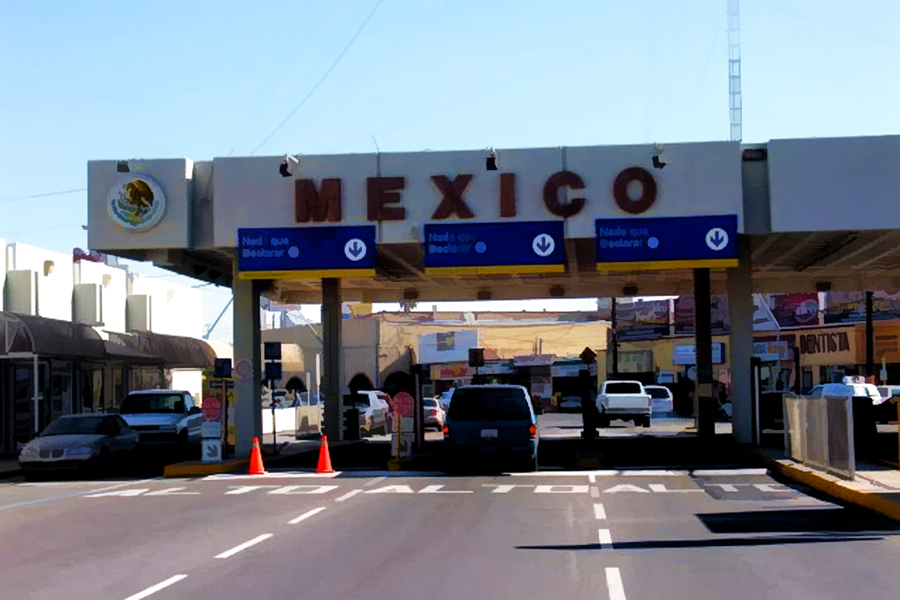
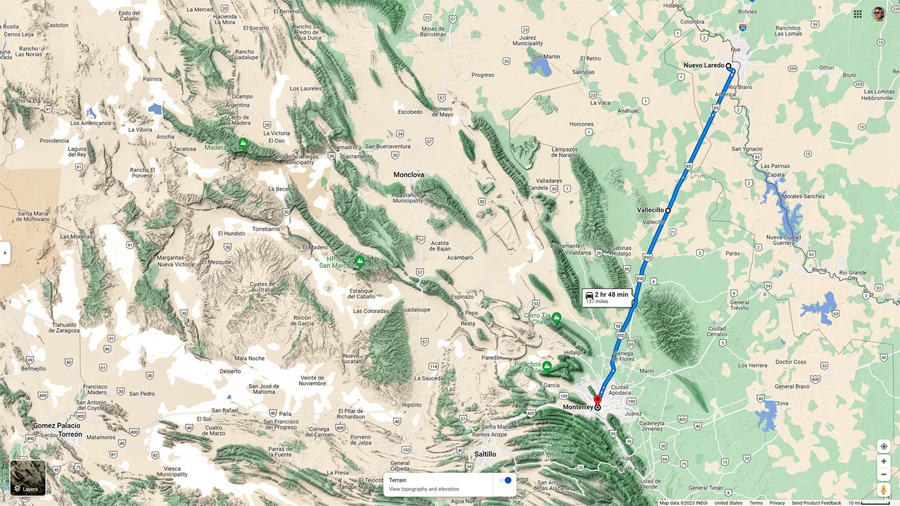
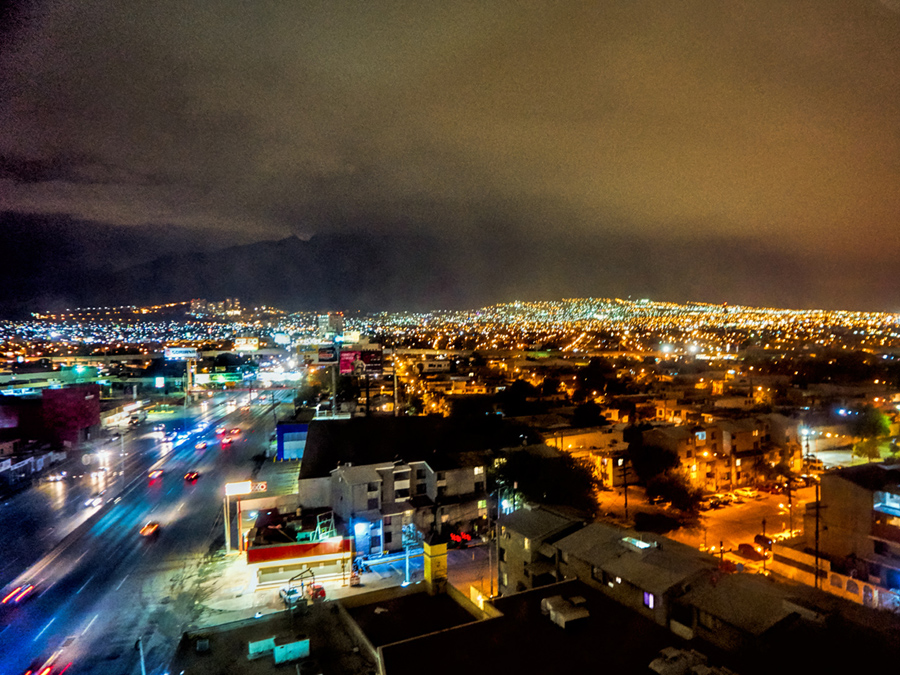

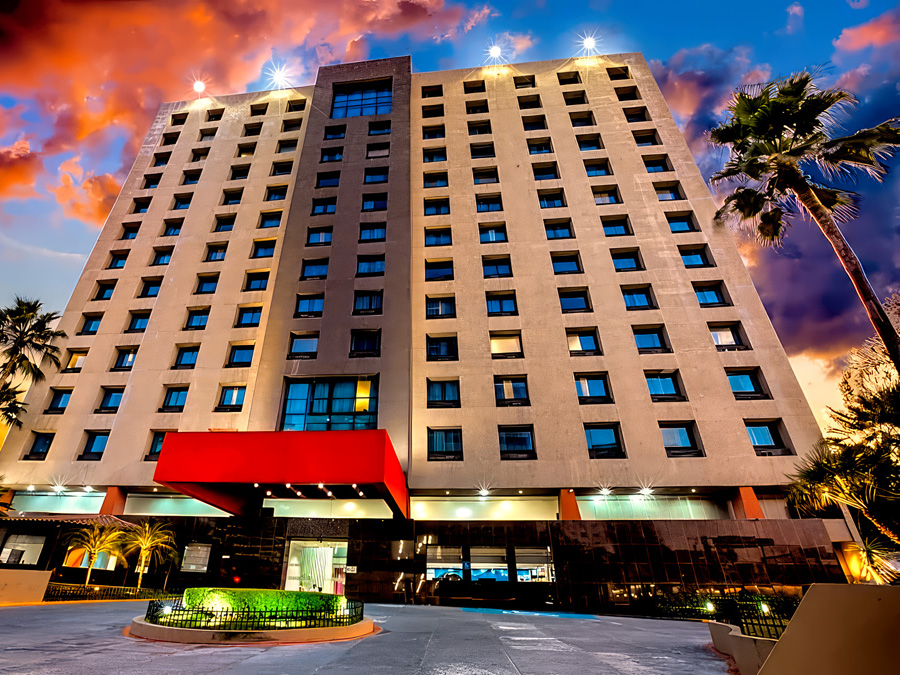

 Reply With Quote
Reply With Quote



